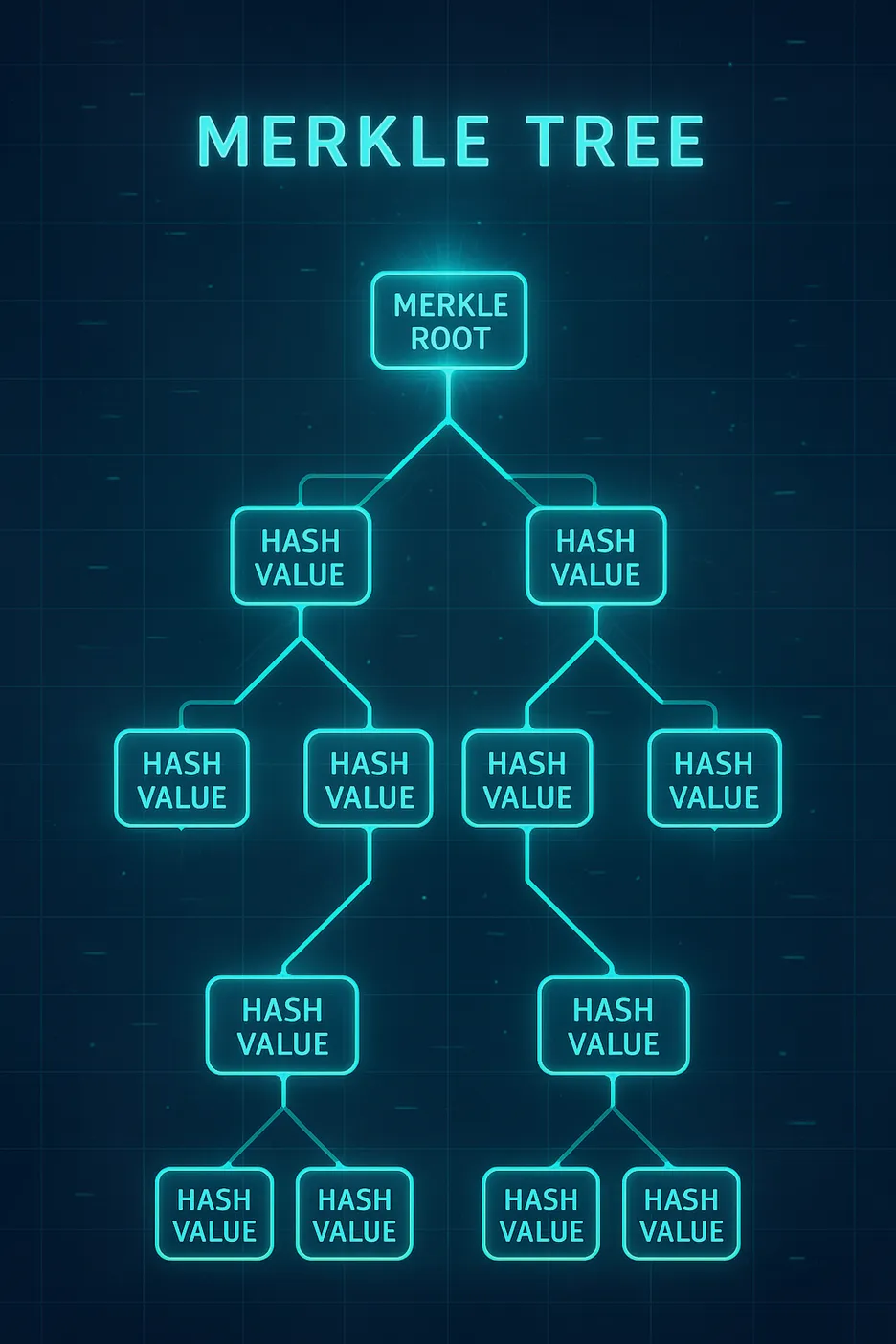The adoption of blockchain technology continues to reshape industries by offering transparent, tamper-proof systems. But at the heart of blockchain’s trustless verification lies a brilliant structure: the Merkle Tree. Understanding how Merkle Trees enable secure, efficient data verification helps reveal why blockchain is such a powerful tool for data integrity. In this deep dive, let’s explore Merkle Trees, the magic behind blockchain data verification, and why they’re essential for trust in decentralized networks.
What is a Merkle Tree?
Merkle Trees (or binary hash trees) are a fundamental data structure used to efficiently and securely verify contents in a collection of data. Invented by Ralph Merkle in 1979, these structures are now a foundational element for many cryptocurrencies’ blockchain protocols, including Bitcoin and Ethereum.
A Merkle Tree organizes data in a tree-like shape, with each “leaf” node representing a hashed piece of data (like a transaction), and every pair of nodes is hashed together upwards, combining to form branches—until a single, ultimate hash known as the Merkle Root crowns the top. This root hash summarizes all underlying data, making it possible to verify the entire dataset’s integrity with just one value.
Example of a Merkle Tree (source: Wikipedia)
Why Merkle Trees Are Essential in Blockchain
Massive Data Verification, Made Efficient
One of blockchain’s principal challenges is verifying thousands or millions of transactions quickly and accurately. Instead of checking every single transaction one by one, a node can use the Merkle Root to quickly confirm if a transaction exists within a block and if that block is unaltered. This significantly reduces the computational overhead.
Powerful Integrity—Detecting Tampering Instantly
If even a tiny bit of one transaction changes, every hash above it changes, all the way up to the Merkle Root. This property makes it almost impossible to tamper with blockchain data without being detected—and the altered root would make the block immediately suspect to all full nodes on the network.
Lightweight Verification: Simplified Payment Verification (SPV)
Merkle Trees are the backbone of SPV, allowing lightweight clients to securely verify transactions without downloading the full blockchain. Instead, they only need the block headers (which include the Merkle Root) and a “Merkle Path”—a proof that the transaction is part of a valid block.
How Blockchain Uses Merkle Roots for Trust
When a new block is created, the Merkle Root is calculated from all the transactions included within that block. The block header, which is what every node stores and checks, contains this Merkle Root. This means:
- Rapid Confirmation: Anyone can verify that a transaction is in the block by checking its path up through the tree to the Merkle Root.
- Instant Tamper Detection: Even the slightest manipulation to any transaction changes the associated hashes, alerting everyone in the network.
- Efficiency: Storing only the Merkle Root is much more space-efficient than storing all transaction data for verification purposes.
Real-World Example: Bitcoin’s Use of Merkle Trees
In Bitcoin, every block’s header stores a Merkle Root summarizing every transaction in that block. Suppose you want to check if a deposit to your crypto wallet really happened. Using the Merkle Path provided by lightweight wallets, you can independently verify your transaction—even if you’re not running a full node. This proof doesn’t require trust in any other party or centralized authority!
Merkle Trees and the Future of Data Integrity
Beyond validating digital currency transactions, Merkle Trees are paving the way for secure data verification in supply chains, voting systems, digital contracts, and more. Any system that requires trustworthy, tamper-evident data management can adopt this elegant data structure.
Want to Explore Blockchain and Crypto Markets?
If you want to deepen your experience and trade on a platform that values security and transparency, check out MEXC. Use referral code mexc-CRYPTONEWER when signing up and join a trusted exchange that supports both newcomers and pros. Discover the future of trading on MEXC today!





